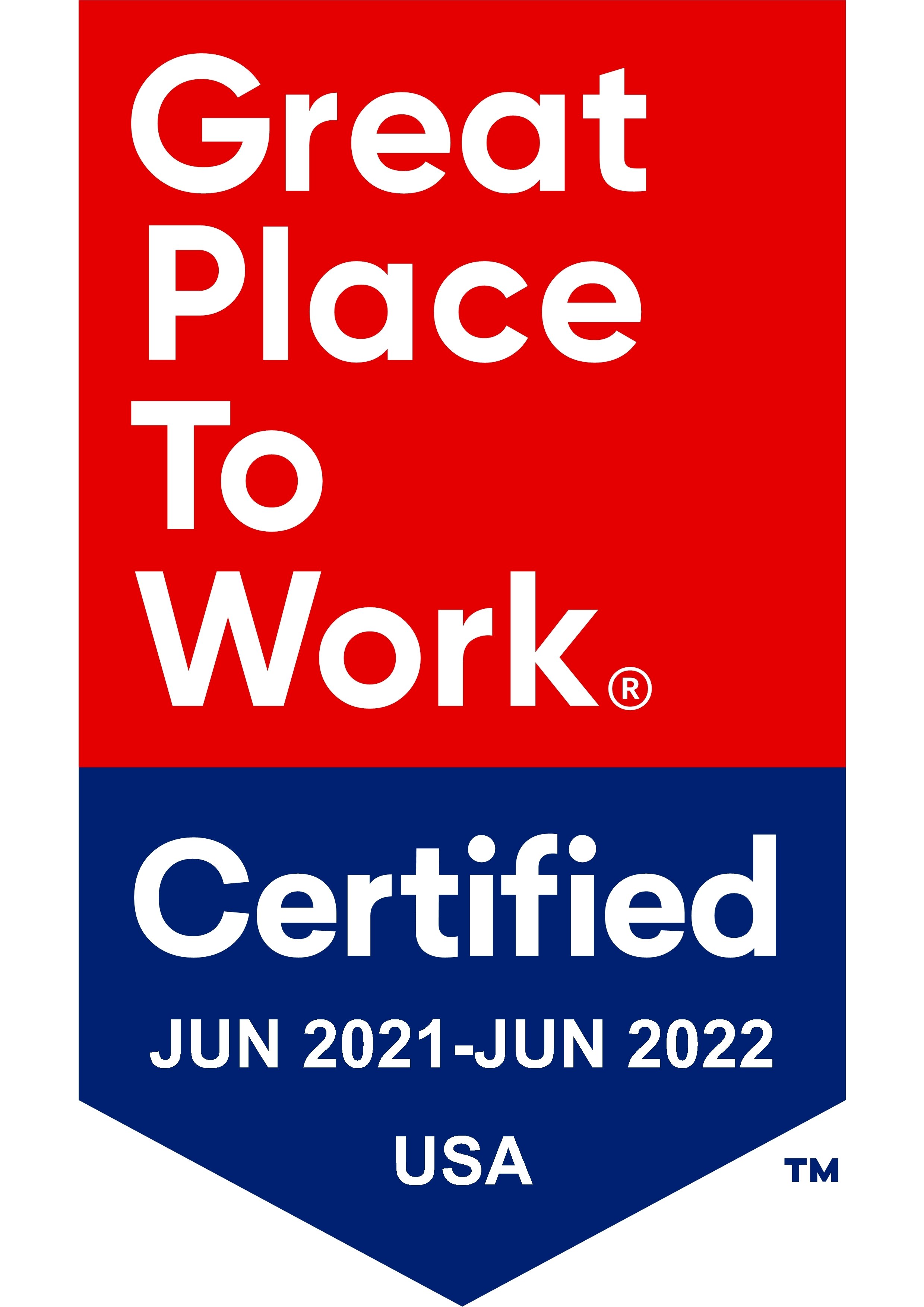Value isn’t just about cost, it’s also about justification.
We all know shoppers are tightening their belts. Inflation, tariffs, and general economic uncertainty have put price sensitivity front and center. 🫠
But here’s the twist: consumers aren’t just trading down to the cheapest options. Instead, they’re making smarter, more deliberate choices — and often landing in the middle.
Jonathan (Jon) Dore, EVP at Reach3 Insights, captured it well in his recent Progressive Grocer article.
“Consumers are cautious, not panicked,” Jon writes, “They’re looking for brands that strike the right balance: affordable, yes, but also credible, clean and elevated.”
As Jon notes, one of our Trade Winds studies shows 64% of Americans are cutting back on non-essential purchases. Many are reevaluating what’s “worth it.”
This is why we’ve seen the rise of cheap premium brands, according to Jon.
What does “cheap premium” really mean?
“Cheap premium” may sound like a contradiction, but Jon explains exactly that it is.
He gave the example of Chobani. The brand built its reputation by making Greek yogurt mainstream — offering an upscale experience at a price point still within reach. Today, even as ultra-premium competitors push $2.50 or more per cup, Chobani remains below that threshold while delivering an indulgence that feels justified.
“In a way, they’re caught in a pricing purgatory – and it might be the best place to be,” Jon notes.
Cheap premium brands don’t compete with budget basics, nor do they carry the intimidating price tag of boutique labels. Instead, they thrive in categories where consumers want to treat themselves — snacks, beverages, frozen foods — but won’t overspend to do so.
For insight professionals, especially those in grocery retail, this moment calls for a deeper read on consumer needs. Here are five areas to watch, according to Jon.
1. Watch the middle
There’s a tendency to think “tight wallets = trade down.” But shoppers are being far more nuanced. Many are choosing quality-for-price options in premium-heavy categories like natural snacks, frozen, or specialty beverages.
Think of it this way: not everyone’s abandoning kombucha — but they may choose the $2.50 version over the $7 craft brew.
For brands in that “cheap premium” zone, this is a huge opportunity, according to Jon. The key is to position as good enough indulgence without diluting credibility.
2. Reframe value
“Value isn’t just about cost, it’s also about justification,” writes Jon.
Does your product deliver a clear benefit or a small indulgence that feels “worth it”?
This is where emotional drivers matter — something that qual research and video feedback help surface. A snack that supports a healthy routine or a frozen meal that feels like a quick win at the end of a hectic day can justify its spot in the basket — even if it’s not the lowest-cost option.
3. Plan for channel behavior, not just category
The where is often more important than the what. Club and discount channels are getting more traffic, and consumer expectations shift with the environment.
Jon’ advice? “Brands must be flexible enough to show up differently, depending on the channel context.”
4. Listen to the language of trade-offs
Traditional quant research will tell you what’s up or down. But when things are changing fast, marketers, researchers and business leaders need to under emotional levers.
For researchers, that means moving beyond static trackers and into insight communities, and real-time listening. The nuance is often in the way people describe the trade-offs: “I’ll skip the fancy juice, but I won’t compromise on clean-label snacks for my kids.”
5. Invest in agility
Consumer sentiment is moving fast. It’s not just about having pricing levers ready; it’s about staying close enough to adjust messaging as well.
“Brands that maintain ongoing dialog with consumers, not just pulse checks, are better equipped to pivot with confidence,” Jon notes.
Final thought
The takeaway from Jon is simple: don’t ignore the cheap middle. But more importantly, use conversational research approaches and agile methods like insight communities to continuously learn about shoppers.
Looking to get some real-time insights on the consumer landscape in 2025? Check out Trade Winds, our ongoing research study tracking how tariff-related policies are changing in customer attitudes and behaviors.

Kelvin Claveria
Marketing, Reach3 Insights







.webp?width=65&height=83&name=A-LIGN_HIPAA%20(1).webp)

